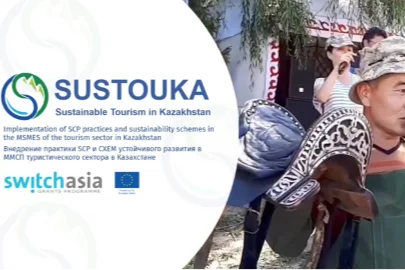Getting Back to Basics: Sustainable Agriculture in Kazakhstan

Since the fall of the Soviet Union, Kazakhstan’s large agricultural sector has experienced both successes and failures. The transition to a market economy was relatively organized compared to other post-Soviet economies, such as Ukraine, but it was still a major shock to the agricultural sector. This transition left Kazakh farmers at the mercy of global markets when many of their enterprises were still in their infancy.
Like many agricultural economies in Eastern Europe and Central Asia, Kazakhstan now faces the challenge of becoming and remaining internationally competitive without resorting to ecologically harmful or unsustainable practices. Kazakh leaders recognize the importance of embracing sustainable agriculture, and the future of sustainable agriculture in Kazakhstan looks promising.
The OECD has identified several key objectives necessary for the wider practice of sustainable agriculture in Kazakhstan. The primary obstacle is the high costs of production faced by Kazakh farmers, particularly smaller enterprises and family farmers. These high costs threaten livelihoods and make it difficult for smaller farmers to compete globally.
Integrating small farmers and reducing cost barriers are crucial for promoting sustainable agriculture in Kazakhstan. Additionally, the OECD has noted that certain aspects of Kazakhstan’s agricultural policy create unnecessary obstacles. To allow sustainable agriculture to take root, the OECD recommends streamlining the regulatory process and eliminating the excessive involvement of multiple interlinked agencies to reduce confusion around agricultural regulations.
Despite these challenges, the Kazakh Ministry of Agriculture is actively promoting sustainable agriculture. The Minister of Agriculture is confident that these efforts will lead to long-term change, even though recent trends in Kazakh agriculture have leaned toward fossil fuel-dependent practices that are not suitable for the climate and environment. These methods have often been cheaper, making them the preferred choice in a country struggling to stay competitive. However, this has resulted in significant problems, with large parcels of formerly arable land now unsuitable for farming due to contamination and pollution.
The government is now focusing on promoting sustainable agriculture. The Ministry of Agriculture is working to secure public buy-in by framing these efforts as a way to connect with Kazakhstan’s rich history and longstanding agricultural traditions, which were well-established in Kazakh society until less than a century ago. The government hopes that reviving these practices will promote both sustainable agriculture and national pride.
Kazakhstan is an excellent example of a country striving to correct its course after years of environmentally harmful practices. While the journey will be challenging, it is not impossible. If current efforts succeed, the future of sustainable agriculture in Kazakhstan looks bright.
 Albania
Albania Algeria
Algeria Andorra
Andorra Argentina
Argentina Armenia
Armenia Australia
Australia Austria
Austria Azerbaijan
Azerbaijan Bahrain
Bahrain Belgium
Belgium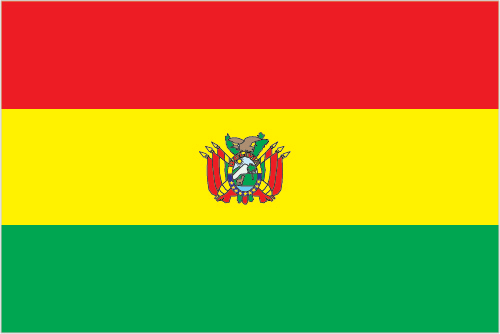 Bolivia
Bolivia Brazil
Brazil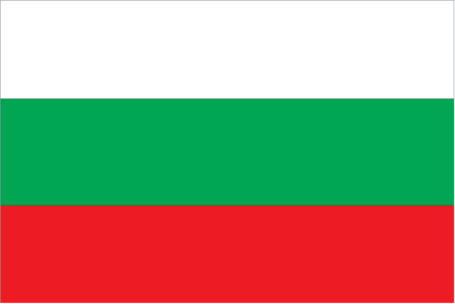 Bulgaria
Bulgaria Cambodia
Cambodia Cameroon
Cameroon Canada
Canada Chad
Chad Chile
Chile China
China Colombia
Colombia Costa Rica
Costa Rica Croatia
Croatia Cyprus
Cyprus Czechia
Czechia Denmark
Denmark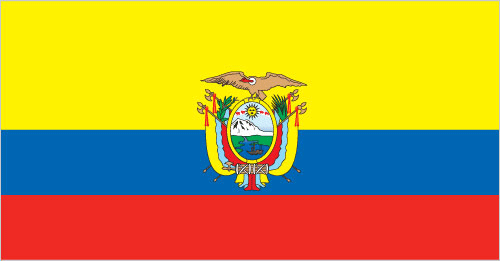 Ecuador
Ecuador Egypt
Egypt Finland
Finland France
France Georgia
Georgia Germany
Germany Ghana
Ghana Greece
Greece Hungary
Hungary Iceland
Iceland India
India Indonesia
Indonesia Ireland
Ireland Italy
Italy Jamaica
Jamaica Japan
Japan Jordan
Jordan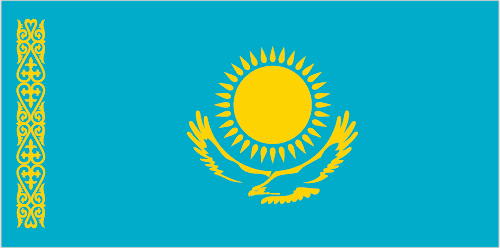 Kazakhstan
Kazakhstan Kenya
Kenya Kuwait
Kuwait Latvia
Latvia Lebanon
Lebanon Libya
Libya Lithuania
Lithuania Luxembourg
Luxembourg Malaysia
Malaysia Maldives
Maldives Mali
Mali Malta
Malta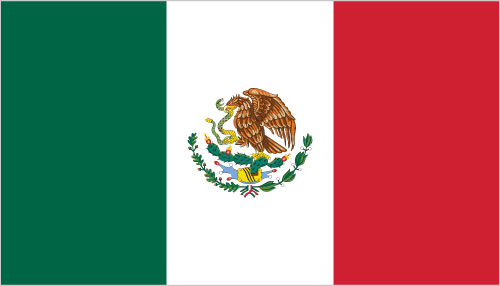 Mexico
Mexico Moldova
Moldova Monaco
Monaco Morocco
Morocco Netherlands
Netherlands New Zealand
New Zealand Nigeria
Nigeria North Macedonia
North Macedonia Norway
Norway Oman
Oman

